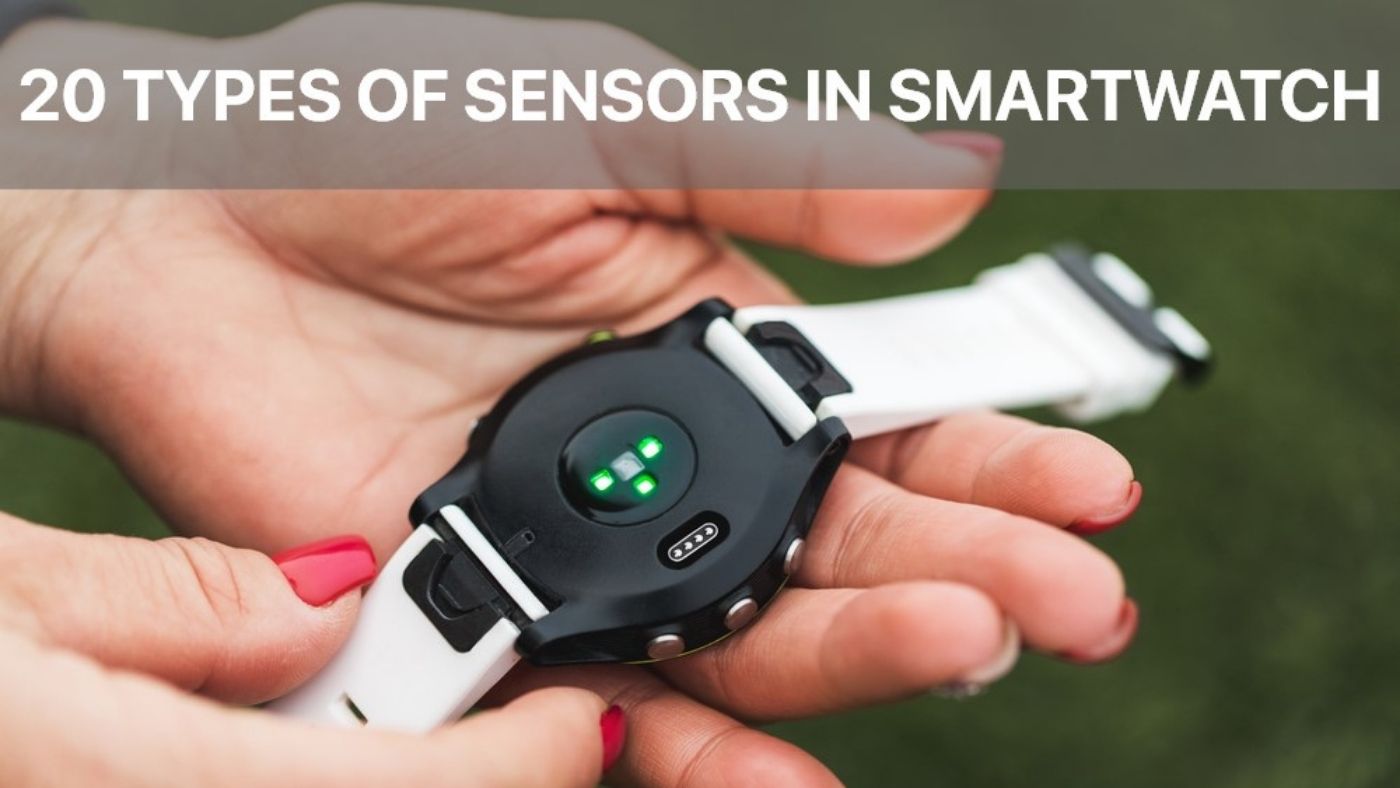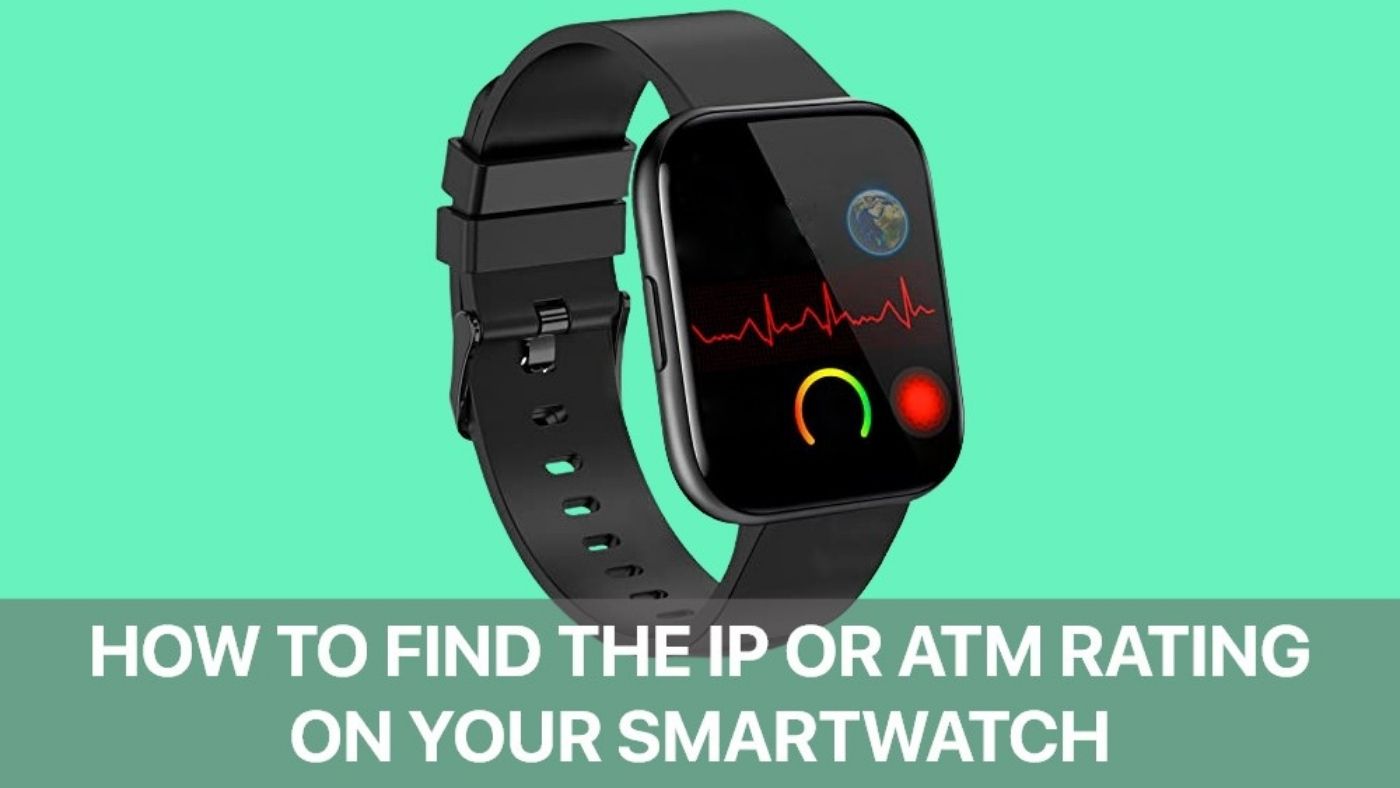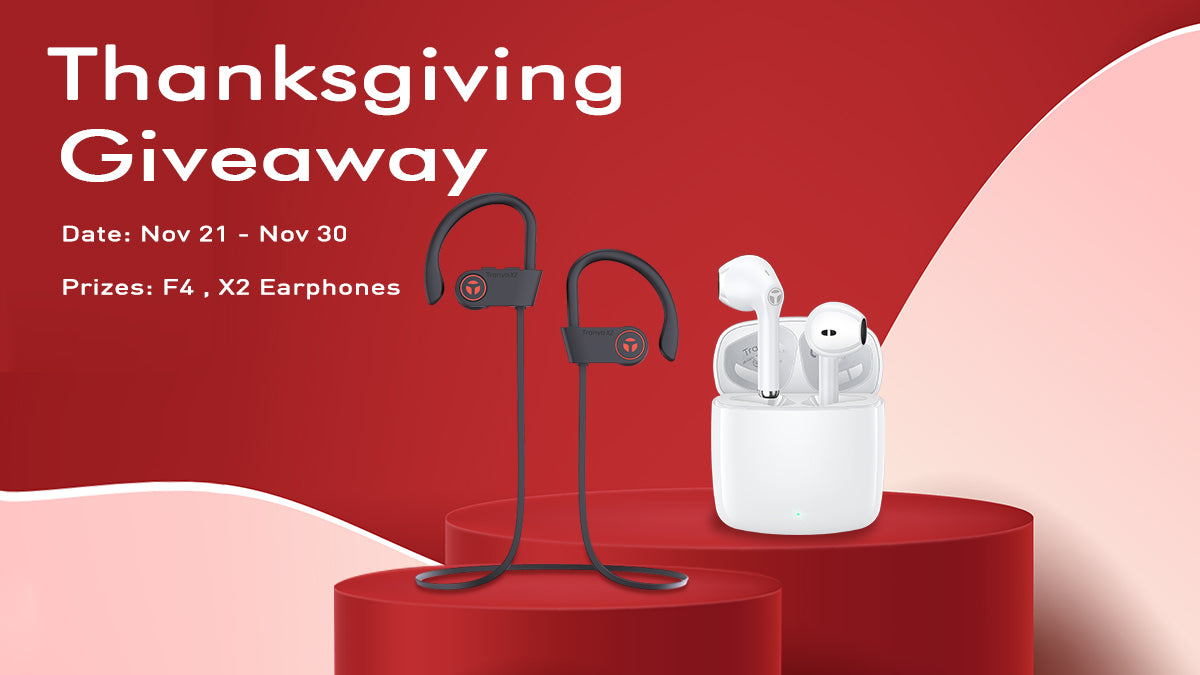If you are like most people, you wear a watch because you need to know the time. But what if your watch could do so much more? Smartwatches are wearable devices that are equipped with sensors that can track various aspects of your health and fitness, as well as other useful information.
In this blog post, we will take a look at some of the different types of sensors found in smartwatches. Keep reading to learn more!
Sensors Present in Smartwatch
The following are the sensors present in the smartwatches:
ECG Sensor
The ECG sensor is one of the sensors present in smartwatches. It is used to measure the electrical activity of the heart and can be used to detect arrhythmias. The sensor is usually located on the back of the watch, near the bottom edge.
To use the sensor, you need to place your finger on the sensor for 30 seconds. The ECG sensor will then take a reading and provide you with a report. This report can be used by your doctor to determine if you have an arrhythmia.
Gyroscope
It is a device that measures or maintains orientation and angular velocity. It is mostly used in electronic navigation systems and handheld devices such as cell phones, video game controllers and etc.
Accelerometer
This sensor is used to detect the acceleration and movement of the watch. It is also used to track steps and estimate calories burned. In addition, the accelerometer can be used to monitor sleep patterns and detect falls. While it is not required for all smartwatches, it is a useful feature for those who want to get the most out of their wearable device.
Oximetry Sensor
The oximetry sensor is one of the sensors that are present in smartwatches. This sensor is used to measure the oxygen saturation in the blood. The oxygen saturation in the blood can be an indicator of how well the lungs are functioning.
The sensor works by shining a light through the skin and measuring how much light is absorbed by the blood. The sensor then uses this information to calculate the oxygen saturation level.
The advantage of using this sensor is that it can provide real-time information about the oxygen saturation levels in the blood. This can be helpful in detecting early signs of lung problems.
Compass or Magnetometer
A compass or Magnetometer is one of the sensors present in smartwatches. It is used for various purposes, such as detecting the direction of north, south, east, and west. It can also be used for tracking objects.
The compass can be used indoors as well as outdoors. There are two types of compasses, one is the electronic compass, and the other is the magnetic compass. The electronic compass uses sensors to detect the direction of the north, south, east, and west. The magnetic compass uses the Earth's magnetic field to detect the direction.
Body Temperature Sensor
The body temperature sensor is one of the most important sensors present in smartwatches. It helps to monitor the temperature of the body and sends alerts to the user when it exceeds a certain threshold.
This threshold can be set by the user according to their needs. The sensor can also be used to track the body temperature over time, which can be helpful in detecting early signs of illnesses. Additionally, the sensor can be used to monitor the temperature of the environment and send alerts if it gets too hot or cold.
Barometric Pressure Sensor
The barometric pressure sensor is one of the sensors present in smartwatches. It is used to measure the pressure of the atmosphere. The sensor works by measuring the pressure of the atmosphere and converting it into an electrical signal.
The electrical signal is then sent to the watch's processor, which uses it to calculate the atmospheric pressure. The atmospheric pressure is then displayed on the watch's screen. The barometric pressure sensor is a vital component of smartwatches, as it allows them to accurately measure atmospheric pressure.
This is important for many applications, such as weather forecasting and aviation.
Heart Rate Monitor
Heart rate monitors are one of the most important sensors found in smartwatches. They allow users to track their heart rate in real-time, which is beneficial for both fitness and health purposes.
Ambient Light Sensor
The Ambient Light Sensor is one of the many sensors that are present in smartwatches. This sensor is used to detect the light intensity of the surrounding environment and change the screen brightness accordingly. In other words, it automatically adjusts the screen brightness based on the surrounding light conditions.
This is a very useful feature, especially in outdoor conditions where the light intensity can vary greatly. With this sensor, you don't have to worry about manually adjusting the screen brightness all the time.
In addition, some smartwatches also have an adaptive brightness feature that further optimizes the screen brightness based on your usage patterns.
Altimeter Sensor
The altimeter sensor is one of the sensors present in smartwatches. It is used to measure the altitude above sea level. The sensor works by measuring the air pressure. The higher the altitude, the higher the air pressure.
The altimeter sensor can be used for various purposes, such as tracking your location, monitoring the weather, and measuring your fitness level. For example, if you are going for a hike, the altimeter sensor can be used to track your progress and help you stay on course.
Alternatively, if you are suddenly caught in a storm, the altimeter sensor can help you gauge the severity of the storm and take appropriate action. In addition, if you are a fitness enthusiast, the altimeter sensor can be used to track your progress and see how well you are doing.
Overall, the altimeter sensor is a versatile and useful tool that can be found in many smartwatches.
Bioimpedance Sensor
A bioimpedance sensor is a type of sensor that can be used to measure various bodily functions, including muscle mass, body fat percentage, and hydration levels. These sensors work by sending harmless electrical signals through the body and then measuring the resistance that these signals encounter. By analyzing this data, the sensor can provide accurate information about the person's health.
Electrodermal Activity Sensor (EDA)
The Electrodermal Activity Sensor is one of the many sensors that are present in smartwatches. This sensor measures the electrical impedance of the skin, which can be used to detect sweat glands.
The amount of sweat that is produced by the glands is directly related to the level of anxiety or stress that a person is experiencing. By monitoring the electrical activity of the skin, the watch can provide a way for people to track their stress levels throughout the day. In addition, this information can also be used to detect when a person is sick or has an injury.
GPS Sensor in Smartwatch
The GPS sensor in the smartwatch is one of the most important sensors which is used for tracking location. It uses satellite signals to determine the location and also provides navigation information.
The accuracy of the GPS sensor is very high, and it can be used in any weather condition. The battery life of the smartwatch is also not affected by the GPS sensor. The GPS sensor is very useful for people who are always on the move and need to know their exact location. It is also very helpful for people who are lost in unfamiliar places.
Orientation Sensor
The Orientation Sensor is one of the sensors present in smartwatches. It is used to detect the orientation of the watch relative to the ground. The watch will then adjust the display accordingly.
For example, if you are looking at the watch from a low angle, the display will be rotated so that it is upright. This is useful for reading the time or checking notifications without having to tilt your wrist awkwardly.
Proximity Sensor
The Proximity sensor is one of the most important sensors present in smartwatches. This sensor helps to detect the presence of an object near the watch. It can be used to turn off the display when the user is not looking at the watch, which can help to conserve battery power.
Additionally, the proximity sensor can be used to detect when a user is wearing the watch. This information can be used to automatically adjust the watch's settings, such as turning off notifications when the user is asleep.
Finally, the proximity sensor can also be used to control the luminosity of the display. By sensing how much light is present, the watch can adjust its brightness to optimize visibility and conserve power. As a result, the proximity sensor is a key component of any smartwatch.
Pedometer Sensor
The Pedometer Sensor is one of the most important sensors present in smartwatches, as it is responsible for tracking and recording the number of steps taken by the user. This information is then used to calculate the distance traveled and the calories burned. Additionally, the pedometer sensor can also be used to monitor heart rate and sleep patterns.
The sensor works by detecting the vibrations caused by the user's footsteps, and these vibrations are then converted into electrical signals. The pedometer sensor is a highly accurate way of tracking fitness data, and it is essential for any smartwatch that wants to be taken seriously as a fitness tracker.
Calorie Counter
This sensor is used to estimate the number of calories that a person has burned during physical activity. The sensor works by measuring the amount of heat that is produced by the body during exercise.
The more heat that is produced, the more calories are burned. The Calorie Counter can be used to help people to track their fitness progress and to ensure that they are getting enough exercise. Additionally, the sensor can be used to help people to understand how many calories they are burning during physical activity.
H3: UV Sensor
Its purpose is to measure the amount of UV radiation that the watch's wearer is exposed to. This information can be used to help protect the wearer from the harmful effects of too much ultraviolet radiation, such as skin damage.
The UV sensor can also be used to automatically adjust the watch's display brightness to make it easier to read in bright sunlight. In addition, the UV sensor can be used to track the wearer's sun exposure over time, which can be useful for monitoring potential health risks.
H3: Gesture Sensor
It allows the watch to automatically detect and track the user's hand gestures. This information can then be used to control the watch's UI, launch apps, and even make phone calls. The Gesture sensor is also used to track fitness data, such as steps taken and calories burned. In addition, it can be used to monitor heart rate and stress levels. The Gesture sensor is a powerful tool that can greatly enhance the usability of a smartwatch.
H3: Skin Conductance Sensor
It measures the electrical conductivity of the skin, which is an indicator of sweat gland activity. The sensor consists of two electrodes that are placed on the skin, and a current is passed between them.
When the body sweats, the electrical conductivity of the skin increases, and this increase is detected by the sensor. The skin conductance sensor is used to detect various physiological states, such as stress and arousal. It can also be used to track sleep patterns and assess physical activity levels.
H2: Conclusion
If you are in the market for a smartwatch, it is important to know the different types of sensors that are included in different models. This will help you decide which watch is best for your needs. With so many choices on the market, it can be hard to determine which one has the features you are looking for. Hopefully, this article has helped make that decision a little bit easier.



